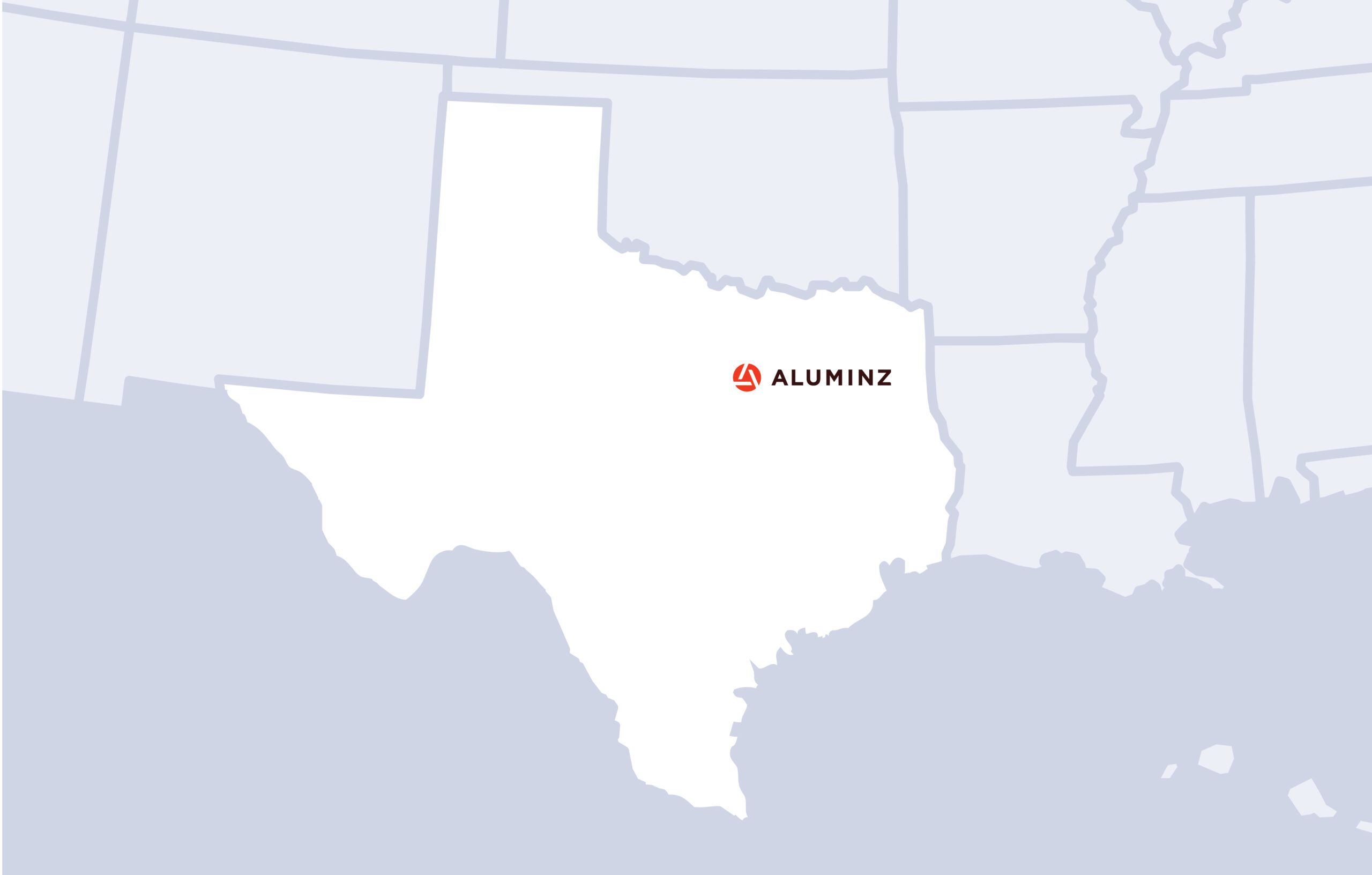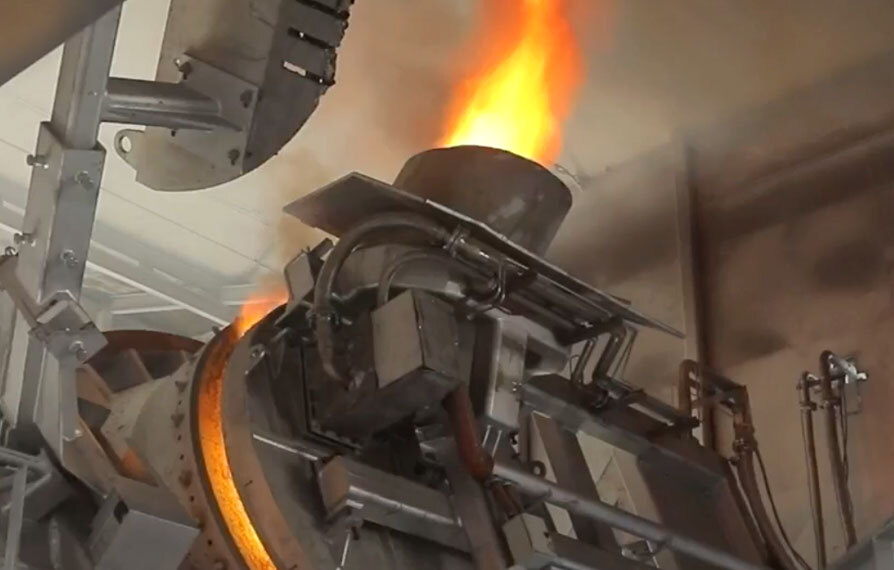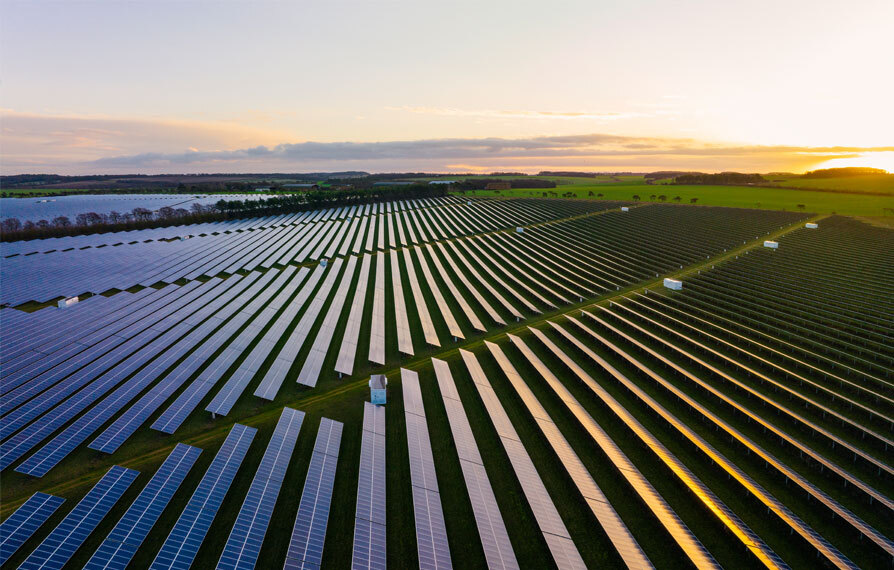
Circular by design
Aluminz isn’t retrofitting yesterday’s infrastructure. We’re creating a purpose-built process platform that combines advanced technology, smart automation, and the deep knowledge of operators who have run the most complex aluminum facilities in the world.
Aluminz offers the only closed-loop recovery model for primary producers, rolling mills, extruders, and diecasters. Our flagship facility in Mount Pleasant, Texas is strategically located close to aluminum suppliers in the U.S. and Mexico, with access to rail and road arteries.

American innovation at its best
Aluminz technology was developed domestically, and our entire supply chain resides within the U.S. We’re helping to address the nation’s current aluminum production deficit while eliminating exposure to global economic uncertainty at the same time.
Our technology
At the heart of our recycling process is North America’s first commercial-scale use of a transformative zero-waste technology developed to valorize dross and salt cake at high volumes.
The Aluminz process is powered by a specialized reactor system—a high-efficiency, rotary tilting furnace platform developed by GHI, engineered to efficiently extract recoverable metal from aluminum dross at exceptional yield rates while minimizing salt use, energy consumption, and emissions.

Built for efficiency
We’re deploying our innovative technology in a novel way, at a facility designed to reduce cost while also minimizing environmental impact—powered by the sun, heated and cooled by the earth, and located close to our customers to shorten travel.
Our facility
To fulfill our broader sustainability goals, our plant operates on a 7.5MW solar-powered microgrid. This power plant enables us to electrify mobile equipment typically run on diesel and recover flux salts with fewer carbon emissions. The plant is also designed to incorporate geothermal HVAC for additional efficiency. We even use byproducts of our process—hydrogen and biogas—to produce additional electricity and to heat our kiln dryers.
The 220,000 square-foot plant has a capacity to handle 140,000 metric tons of white and black dross, aluminum salt cake and scrap per year, and is linked to CKPC and Union Pacific rail lines via NETEX rail, as well as Interstate 30.
We’re also building intelligence into our operations. From transportation, energy production and material flow to thermal optimization, every step is measured and improved using advanced analytics and AI.

Structured for economic gain
Current economic incentives intended to reduce environmental impact rely on cost minimization—treating waste as an unavoidable expense. We see things differently: our path forward rewrites the rules by using waste as valuable raw material—a source of economic benefit for our customers.
Our business model
We deliver sustained value in three ways:
Valorization
The costs associated with waste disposal at large scale can be considerable. By converting waste products into useful materials that can be used or sold, we do more than offset those costs.
Cost and risk reduction
By processing waste through our facility, aluminum suppliers eliminate landfill costs and the potential liability of long-term environmental impact. Using the low-carbon aluminum we produce also reduces the need to purchase carbon offset credits. Both of these represent expenses with no tangible return.
Unique business model
Our customers pay only for processing. They retain full ownership of the aluminum we recover, and eliminate their environmental liability.
It’s a win-win-win that delivers on the promise of a truly circular economy: Aluminz operates in an economically viable way, aluminum suppliers see a net economic benefit, and environmental goals are met, all at the same time.